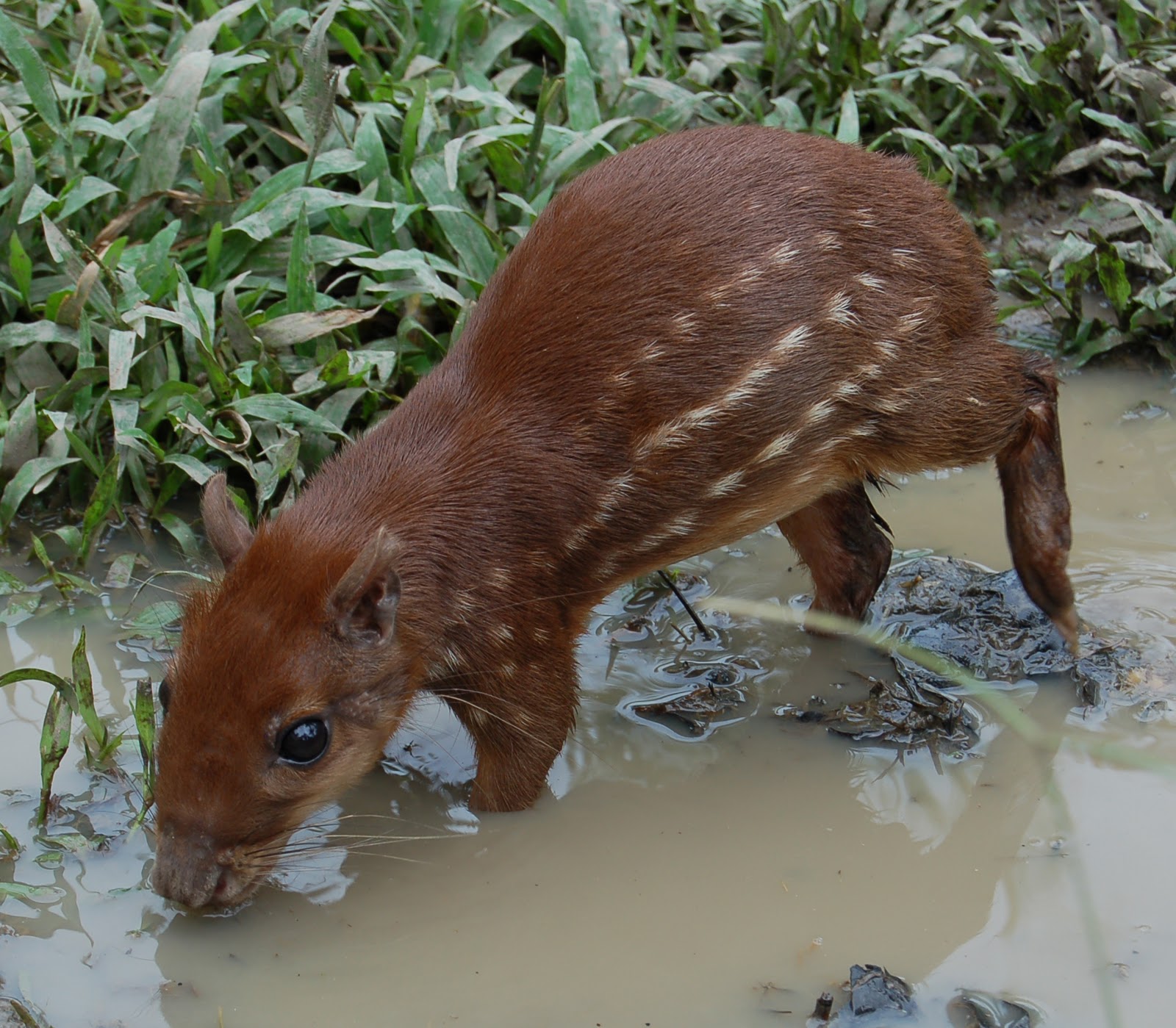In the vibrant tapestry of cultural expressions and terminologies, “que son pacas” emerges as a term laden with significance and curiosity. This phrase, often associated with various contexts, predominantly refers to bales, especially in agricultural and textile settings. The concept of pacas transcends mere terminology—it encapsulates a way of life, a method of trade, and an essential element of various industries. Understanding what pacas are and their multifaceted applications opens a window into a world where agriculture meets commerce and sustainability.
As we delve deeper into the meaning and implications of “que son pacas,” it is essential to recognize their role in the economy, particularly in regions where agriculture serves as a backbone for sustenance and trade. From the distribution of hay and straw to the textile industry, pacas play a crucial role in the supply chain, impacting farmers, merchants, and consumers alike. This article aims to explore the intricacies of pacas, answering common questions and shedding light on their significance across different sectors.
Whether you are a curious learner or someone deeply involved in agricultural practices, understanding “que son pacas” can enrich your knowledge of industry practices. Armed with this information, readers will gain a comprehensive view of pacas, their applications, and their importance in both local and global markets.
What Are Pacas?
Pacas, which translates to "bales" in English, refer to tightly packed bundles of various materials, primarily agricultural products such as hay, straw, and cotton. These bales are essential for efficient storage and transport, allowing farmers to manage their produce effectively. The term can also extend to the textile industry, where cotton pacas are crucial for the production of fabrics.
How Are Pacas Made?
The process of creating pacas involves several steps:
- Harvesting: Crops such as hay or cotton are harvested at the right time to ensure quality.
- Drying: The harvested materials are then dried to prevent mold and degradation.
- Pressing: Once dried, the materials are pressed into compact bales using specialized equipment.
- Wrapping: Bales are often wrapped in plastic or twine to maintain shape and integrity during transport.
Where Are Pacas Commonly Used?
Pacas find their use across various sectors, including:
- Agriculture: For storing animal feed and bedding.
- Textiles: In the cotton industry for storage and transportation.
- Construction: Some materials are bundled into pacas for ease of handling.
- Craft and DIY projects: Pacas can be repurposed for various creative endeavors.
Why Are Pacas Important in Agriculture?
Pacas play a pivotal role in the agricultural sector for several reasons:
- Efficient Storage: They allow for space-saving storage solutions.
- Ease of Transport: Bales are easier to load and transport compared to loose materials.
- Reduced Waste: Properly packaged materials reduce spoilage and waste.
What Types of Pacas Exist?
There are various types of pacas, each serving distinct purposes:
- Hay Pacas: Commonly used for animal feed.
- Cotton Pacas: Essential in the textile industry.
- Straw Pacas: Often used for animal bedding or as mulch.
How Do Pacas Impact the Economy?
The economic implications of pacas are vast, influencing local and global markets:
- Trade Opportunities: Pacas facilitate trade between farmers and merchants.
- Job Creation: The production and transportation of pacas create various job opportunities.
- Market Stability: By ensuring efficient distribution, pacas contribute to market stability.
Can Pacas Be Environmentally Friendly?
As sustainability becomes a pressing issue, the production and use of pacas can align with eco-friendly practices:
- Biodegradable Materials: Many pacas can be made from renewable resources.
- Waste Reduction: Properly stored pacas can minimize food and material waste.
- Recycling Opportunities: Used pacas can be repurposed or recycled in various ways.
What Challenges Are Associated with Pacas?
Despite their benefits, there are challenges associated with pacas:
- Storage Space: Large quantities of pacas require significant storage space.
- Transportation Costs: Moving pacas can incur high transportation costs.
- Quality Control: Maintaining the quality of materials within pacas is crucial.
Conclusion: Embracing the Importance of Pacas
In conclusion, understanding “que son pacas” reveals their multifaceted role in agriculture and commerce. From enhancing storage and transport efficiency to impacting economic stability, pacas are integral to various industries. As we move towards more sustainable practices, the potential of pacas in promoting eco-friendly solutions is not to be overlooked. Whether you are a farmer, a merchant, or simply a curious reader, embracing the knowledge of pacas enriches our understanding of the agricultural landscape and its interconnectedness with the economy.
Exploring The Whimsical World Of Adventure Time: Farmworld Finn
Essential Steps To Remove Virus From IPhone And Keep Your Device Safe
The Quirky Appeal Of The Cunk On Earth Song


![¿Qué son pacas en Argentina? [Actualizado 2024]](https://i2.wp.com/expresionestipicas.com/wp-content/uploads/2023/02/que-son-pacas-en-argentina.jpg)